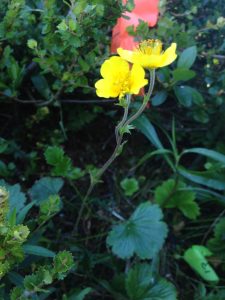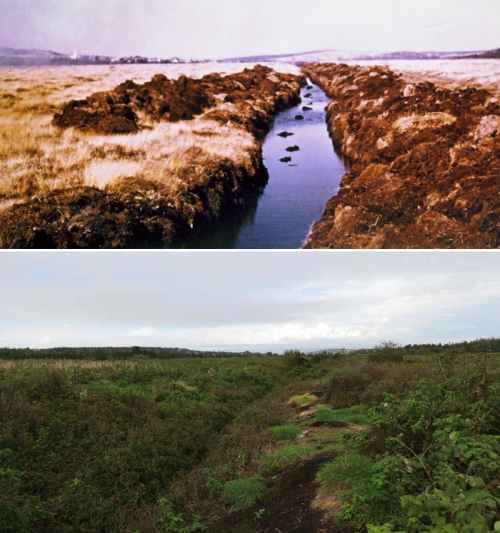by Jennifer Poirier, New Science Communicator Guest Blogger
Save the oceans. Save the rainforest. Save the planet.
These are all incredible, daunting, pursuit-worthy goals, but to a student in Nova Scotia, these problems seem very distant. Although we ultimately all feel the effects of environmental issues, it’s easy to distance ourselves from large, looming disasters that feel like they’re worlds away. But if research has taught me anything, it’s that saving the world isn’t accomplished in one giant, unattainable leap that happens ‘elsewhere’. It takes a lot of little steps – winning battles in small, rural areas across the globe. These biological battlegrounds are often in our own backyards. I’ve been lucky to ‘fight’ alongside some of the field biologists who are making a big difference on the ground in rural Nova Scotia.
One of these rural areas is Brier Island. Home to about 200 permanent residents and many summer tourists, this small island is the focus of a significant wetland restoration project led by Dr. Nicholas Hill of the Fern-Hill Institute. The project focuses on the Eastern Mountain Avens (Geum peckii Pursh), a small, arctic-alpine flowering plant that has heart-shaped leaves and tall yellow flowers. Brier Island is one of two places in the world, and the only place in Canada, where these avens are found.
On Brier Island, the majority of avens are found in Big Meadow Bog. In the 1950s, Big Meadow was ditched and drained in a failed attempt to make the land more agriculture-friendly. The agricultural project was ultimately abandoned, but the ditches remained. They continue to drain the wetland today.
The drainage triggered a domino effect of environmental changes. Lower water tables enabled woody shrubs and trees to move in, which, in combination with the dry ground, happens to provide excellent roosting habitat for gulls. Approximately 5000 gulls now come to Brier Island each spring to nest and raise their young. In addition to physically damaging the bog, the gulls add excessive nutrients to the ground in the form of guano, which allows the woody shrubs and vegetation to flourish even more. Between the gull destruction and the dense vegetation, the viable habitat for Eastern Mountain Avens has been pushed to the edges of the former bog, where there is still some semblance of a wetland.
But how much difference can one wetland make? Well, wetlands are extremely important both ecologically and financially. In addition to being critical habitat for wildlife, wetlands provide Nova Scotia with an estimated $7.9 billion worth of ecosystem services annually, including water purification, and flood and erosion control. The rarity of avens, combined with the importance of wetlands to the province, provides some of the motivation to restore this bog.
Stories from community members, such as memories of skating on the ponds in Big Meadow Bog, add a more personal incentive to restore this wetland. Many of these stories are being captured in a video created by a local high school student, which will cover the history of the bog, up to and including the restoration project. Community involvement is crucial to the success of the project and there are discussions about creating a boardwalk around the restored bog so both tourists and locals can enjoy it.
Beyond its value to conservation and community, the Big Meadow Bog Restoration Project also provides ample opportunities for research by professionals and for students like me. There are groups studying all aspects of the bog, from the gulls and their chicks, to the water chemistry and, of course, the avens. My contribution to this project involved baseline data collection. For my thesis project, I dug up avens from particularly degraded areas of the bog and relocated them to healthier sectors to measure their success in their new habitats. In this way, I learned more about the habitat requirements of avens – information that should come in handy as the project moves forward.
The actual restoration part of the project was taken on by East Coast Aquatics, an ecological consultation and bioengineering company. They broke ground (literally) on the physical restoration of the bog by damming the ditches using locally acquired peat. The damming should cause the water table to rise, resulting in the shrubs and trees dying back. Both the wet ground and lack of shrubs should discourage roosting gulls and ultimately, the habitat for avens should expand.
So I haven’t helped to save the rainforest or the oceans. But progress is being made in the world. Maybe saving the world starts with projects like the Big Meadow Bog Restoration, in little towns like Westport, Brier Island.





